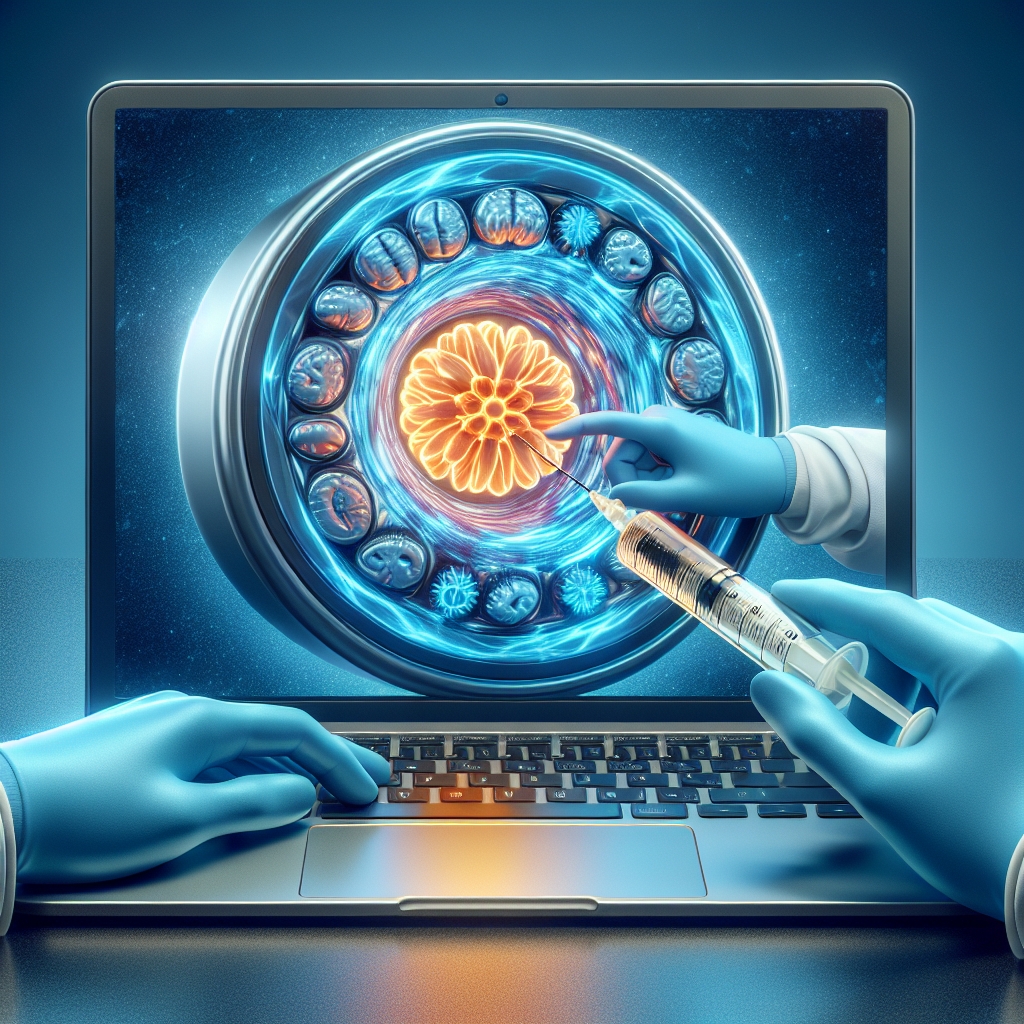Gadolinium is a chemical element with the symbol Gd and atomic number 64. It is a silvery-white, malleable, and ductile rare earth metal. It is found in nature only in oxidized form and in the ores of other rare earth elements. Gadolinium possesses unusual metallurgical properties, including the ability to improve the workability and resistance of metals with which it is alloyed. However, it is perhaps most notable for its use in medical imaging, particularly in magnetic resonance imaging (MRI) scans. This article explores the role of gadolinium in MRI, its benefits, and the concerns associated with its use.
The Role of Gadolinium in MRI
Magnetic Resonance Imaging (MRI) is a non-invasive imaging technology that produces three-dimensional detailed anatomical images. It is often used for disease detection, diagnosis, and treatment monitoring. MRI is based on the principles of nuclear magnetic resonance (NMR), a spectroscopic technique used by scientists to obtain microscopic chemical and physical information about molecules. In the context of MRI, the body’s atomic nuclei respond to the application of a high-frequency radio wave when the body is placed in a strong magnetic field.
The role of gadolinium in MRI comes into play as a contrast agent. Gadolinium agents are injected into the body to improve the quality and clarity of the MRI images. When gadolinium is injected, it alters the magnetic properties of water molecules in the body, which are abundant in tissues. This alteration enhances the contrast between different body tissues in the image output. The use of gadolinium-based contrast agents (GBCAs) significantly improves the ability of MRI to visualize certain diseases, such as tumors, inflammation, or blood vessel abnormalities, making it a critical tool in modern diagnostic medicine.
Benefits of Gadolinium in MRI
The primary benefit of using gadolinium in MRI scans is the enhanced quality of the images produced. This improved imaging capability allows for:
- Early Detection: Gadolinium-enhanced MRI scans can detect diseases and abnormalities at an early stage, facilitating timely intervention and treatment.
- Accurate Diagnosis: The enhanced contrast provides clearer images, helping in the accurate diagnosis of various conditions, including cancer, vascular diseases, and inflammatory conditions.
- Monitoring Treatment: Gadolinium-enhanced MRI is also used to monitor the progress of treatments, providing valuable feedback on the effectiveness of interventions.
Moreover, MRI scans, including those that use gadolinium, are generally safe and do not expose patients to ionizing radiation, unlike X-rays and CT scans. This makes MRI a preferable option for repeated imaging over time, especially for vulnerable populations such as pregnant women and children.
Concerns and Safety Measures
Despite its benefits, the use of gadolinium-based contrast agents has raised some safety concerns. The most significant of these is the risk of nephrogenic systemic fibrosis (NSF), a rare but serious condition that affects the skin, joints, and internal organs. NSF has been observed in patients with severe kidney failure who were exposed to gadolinium contrast agents. As a result, the use of certain gadolinium agents is restricted in patients with pre-existing kidney problems.
Another concern is the deposition of gadolinium in the brain and other tissues. Recent studies have found traces of gadolinium in the brains of patients who have undergone multiple gadolinium-enhanced MRI scans, even in those with normal kidney function. The long-term effects of gadolinium deposition are still being studied, but so far, no adverse health effects have been directly linked to it.
To mitigate these risks, the medical community has taken several safety measures, including:
- Screening patients for kidney function before administering gadolinium-based contrast agents.
- Using the lowest effective dose of gadolinium for the required diagnostic information.
- Choosing gadolinium agents with a lower risk of NSF for patients with kidney issues.
- Monitoring patients after gadolinium administration for any signs of adverse reactions.
In conclusion, gadolinium plays a crucial role in enhancing the diagnostic capabilities of MRI scans. Its ability to improve image contrast makes it an invaluable tool in the early detection and accurate diagnosis of many conditions. However, awareness of the potential risks and adherence to safety protocols are essential to ensure the safe use of gadolinium-based contrast agents in clinical practice.

